Tiles vs Granite: Which is the Better Flooring Choice for Your Home?
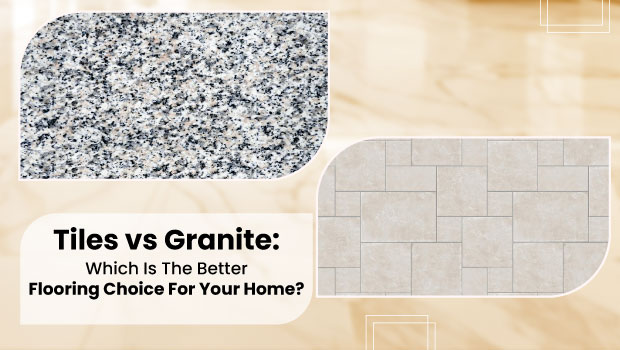
Choosing flooring material while designing or renovating a house forms one of the most crucial decisions that comprise the basic checklists. The flooring may be an aesthetic decision alone, but it also includes durability, maintenance, and cost. It has proven to be the backbone of the style and functionality of any place. Amongst many such trending solutions, tiles vs granite are two of the most highly debated choices that homeowners come across while seeking a combination of luxury, durability, and affordability.
What are Tiles?
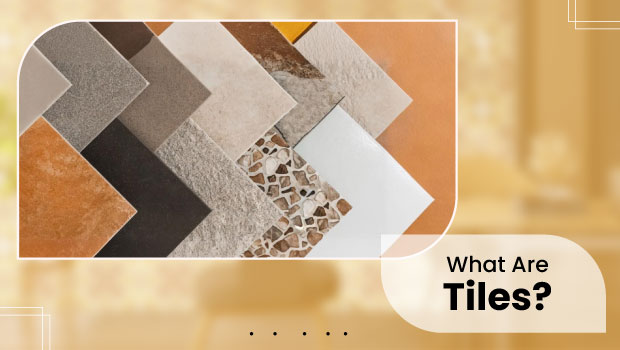
Tiles are flat, thin slabs made from various materials like ceramic, porcelain, stone, or glass used to cover floors, walls, and other surfaces. Tiles come in various shapes, sizes, and finishes, making them a popular choice for both residential and commercial spaces. They are perfect for kitchens, bathrooms, and outdoor spaces due to their adaptability, durability, and low maintenance.
What is Granite?
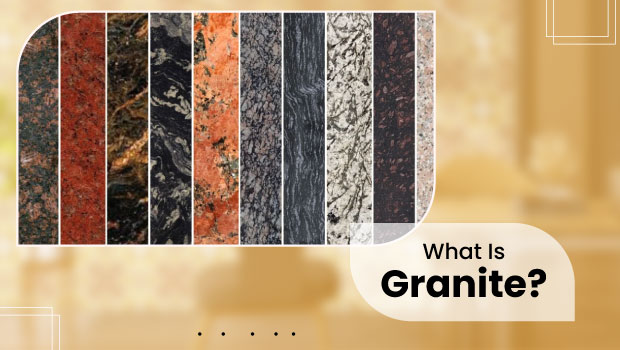
Granite is a natural stone formed from cooled magma, composed mainly of quartz, feldspar, and other minerals. It is known for its incredible strength and durability, making it a highly sought-after material for flooring, countertops, and other surfaces. Granite’s distinct veining and speckled patterns give it a unique, luxurious look, with each slab offering its own set of colors and textures.
We’ll delve into these materials in detail, thereby helping you arrive at an informed decision for your abode.
1. Aesthetic Appeal
The first factor that goes a long way in determining the feel of your house is that of flooring aesthetics.
Tiles: Versatile Designs and Patterns
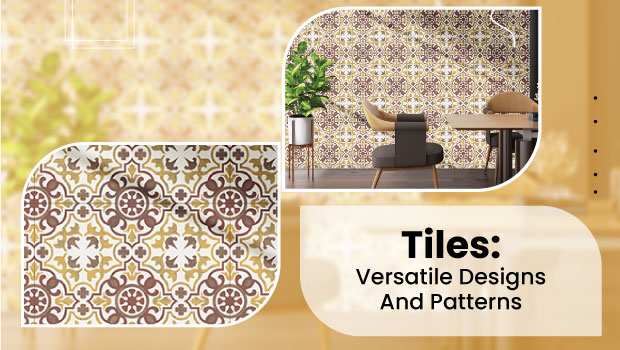
Tiles are extremely versatile, and different types of tiles present a wide range of scope in the design department. They are offered in a wide scope of designs, patterns, and colors, meaning it is really possible to match any style of home décor. It is possible that you’re interested in a modern minimalist look or something a bit more traditionally styled; there’s a tile for every taste.
Tiles can be faced with gloss finishes on matte surfaces and can even mimic the appearance of natural stone, wood, or marble. For those who want their homes to be designed with Indian villa interiors or bungalow design ideas, tiles offer many varieties that can complement just such styles.
Granite: Natural and Luxurious
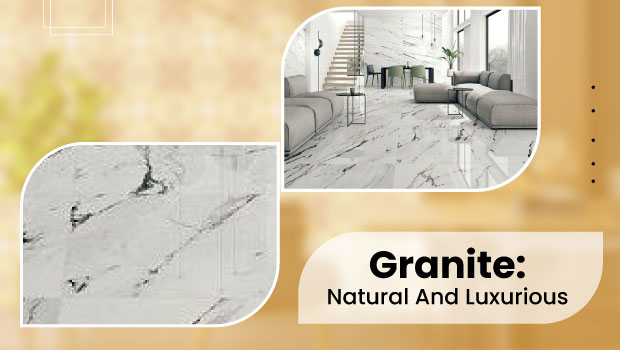
Granite is mostly known for luxury. It is a natural stone, and no other material can be matched with its elegance. With its rich grain and polished shine, it can add brilliance to any luxury home and high-end area. Each granite is unique and carries in itself some different kind of touch to your flooring. The irregular and natural flooring pattern in granite tiles brings in its beauty more naturally. Though tiles are always said to be versatile, granite conveys a look that is ageless yet speaks to class and luxury.
2. Durability
Durability is one of the aspects people seem to look at when comparing tiles vs granite, as they both possess very different characteristics concerning strength and durability.
Tiles: Scratch-Resistant and Moisture-Proof
Tiles are known for having excellent durability. They are nearly scratch-proof because of the resistance they offer and can withstand heavy human traffic. Further, tiles, especially vitrified tiles, are resistant to moisture and water. Hence, they can be used easily in bathrooms, kitchens, and outdoor spaces. Their durability would depend on the quality of the tile and even its installation. After some time, grout lines may have to be maintained, while tiles might chip if a lot of impact is endured.
Granite: Tough and Long-Lasting
One of the hardest materials in existence for flooring is granite, a natural stone. Its longevity is unmatched and perfect for high-traffic areas such as hallways and living rooms. Granite is not only strong but also heat-resistant and scratch-resistant, meaning it can tolerate very harsh conditions without even showing signs of wear and tear. Compared to granite flooring and vitrified tiles, the former has the upper hand with toughness and natural resilience.
3. Cost Comparison
Again, the budget becomes a very influencing aspect of tile vs granite. Although both materials offer long-term benefits, they differ in upfront cost.
Tiles: Affordable and Easy to Install
However, even though it is more expensive than granite, tiles, especially vitrified ones, are much easier on the pocket. They usually start at about at a very reasonable amount per square foot, depending on the quality. Installation is quite straightforward and can be directly laid over existing floors, thus saving labour costs. Tiles make for a very good option when homeowners do not want to spend a fortune but do not intend to compromise on aesthetics.
Granite: Higher Cost with Long-Term Value
This is costlier in the short run but holds greater value in the long run. As granite is a premium material, it comes with a higher price tag, and the cost per square foot for granite starts at a higher cost than other tiles. Obviously, this can go much higher for those exotic colors or flooring patterns in granite. Besides, granite installation is more complicated because of its weight, and installation may require additional subflooring supports. Although the initial cost is higher, granite provides long-term value with a matchless quality of durability and a luxurious feel, hence a high preference for bungalow design ideas.
4. Maintenance and Care
Selecting between granite flooring vs vitrified tiles will also depend on which one requires more maintenance of the two materials.
Tiles: Low Maintenance but Grout Cleaning Required
Tiles are very low maintenance, but the lines of grout between tiles do capture dirt and stain over time. Grout does need regular cleaning to maintain the overall appearance of your tile flooring. And when damage occurs, single tiles can simply be replaced. But this uniformity in tiles means that with time, these repeated patterns would not be as “authentic” as that natural stone.
Granite: Regular Sealing and Polishing
Granite is more maintenance-intensive. Durable as it is, it does require periodic sealing to retain its water-resistant properties. Polishing the floors, meanwhile, is necessary for granite to retain the shine and luxurious look that is best epitomized by this material. In comparison, perhaps, with tiles, all this could be more effort, but the truth of the matter is that the natural beauty and long-lasting nature of granite do make up for the extra care it requires.
5. Best Applications
This means that, in many cases, the choice between tiles vs granite will also depend on where you intend to use the flooring within your house. Tiles: for bathrooms and kitchens end.
Tiles: Best for Bathrooms and Kitchens
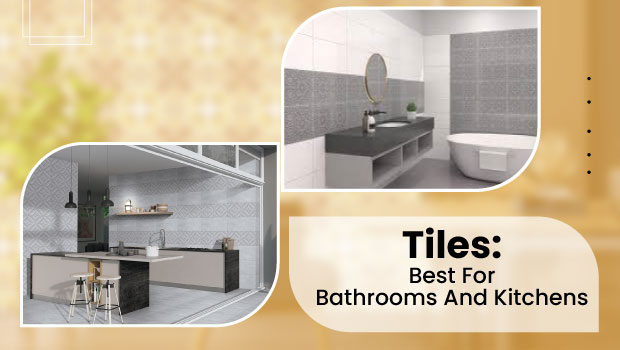
These tiles ace admirably in water conditions like bathrooms, kitchens, and indoor-outdoor spaces. Slip-resistant options combined with non-porous formation ensure safe and hassle-free places for the same environments. Glazed vitrified tiles are fantastic for backsplashes and countertops where beauty and functionality integrate superbly.
Granite: Ideal for High-Traffic and Luxury Spaces
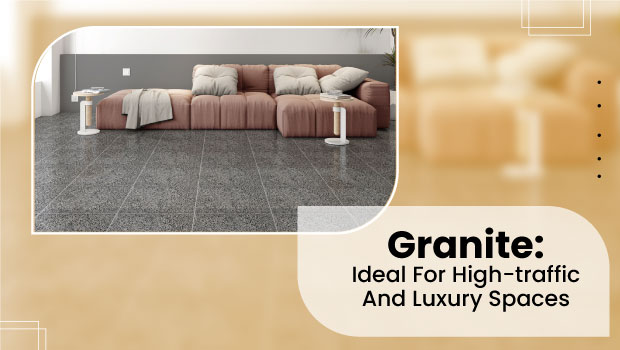
Granite offers a good finish and is ideal for areas that experience a lot of foot traffic, such as family rooms and hallways. It’s perfect for areas of your home where you would like to give a long-lasting, elegant flooring option due to its natural ability to resist wear and tear. If you want to give your house a super high-end look, then you would do better with granite in an Indian villa interior or any other type of place that needs something heavy and grand.
Conclusion
Tiles vs granite basically boils down to the user’s specific needs and preferences. Tiles can offer bungalow design ideas versatility and are relatively easy to install and affordable where bathrooms, kitchens, and other practical areas are concerned. Granite provides timeless luxury and durability and offers a unique, natural look that would give your space the upper hand, especially in high-traffic or luxurious settings.
The comparison of granite flooring vs vitrified tiles reveals pros and cons for both, but granite excels in long-term value, not to mention luxury appeal. Tiles are highly affordable, allowing a higher degree of flexibility concerning design.
If you are still not sure what material you want to use for your house, then refer to the experts at Space Edit Studio in Navi Mumbai. They would be more than able to offer the very best Indian villa interior decorators and bespoke solutions to create the very best possible decision you could have on flooring for your home. Do you fancy tiles vs granite? Their team would take you through every one of the processes to ensure your house is as specified by your needs and style.
FAQ’s
- Which is best for home, granite or tiles?
Both granite and tiles have their strengths. Granite is durable, luxurious, and long-lasting, making it great for high-traffic areas. Tiles, especially ceramic or porcelain, are versatile, cost-effective, and come in many designs. The best choice depends on your budget, style preference, and the specific area of your home.
- Which is best for flooring: marble, granite, or tiles for health?
For health considerations like hygiene and maintenance, tiles (especially non-porous ones like porcelain) are often easier to clean and more resistant to bacteria. Granite and marble are natural stones that can be slightly porous and require sealing, but they are durable. Tiles generally require less upkeep, which can be beneficial for health.
- Is granite good for flooring as per Vastu?
Yes, granite is considered a good flooring material as per Vastu Shastra. Its natural, solid properties are believed to bring strength and stability to a home. Dark-colored granites, however, are sometimes recommended for specific directions, depending on Vastu principles.
- What are the disadvantages of granite flooring?
The main disadvantages of granite flooring include:
- Cost: It is more expensive than many other materials.
- Cold Surface: Granite can feel cold underfoot, especially in colder climates.
- Slippery When Polished: Highly polished granite can become slippery when wet.
- Maintenance: Requires regular sealing to prevent staining.
- What are the Types of Tiles?
The most common types of tiles include:
- Ceramic Tiles – Affordable, durable, and widely available.
- Porcelain Tiles – Denser and more water-resistant than ceramic.
- Glass Tiles – Perfect for decorative walls and backsplashes.
- Stone Tiles – Made from natural materials like marble or slate.
- Mosaic Tiles – Small tiles used to create intricate designs.




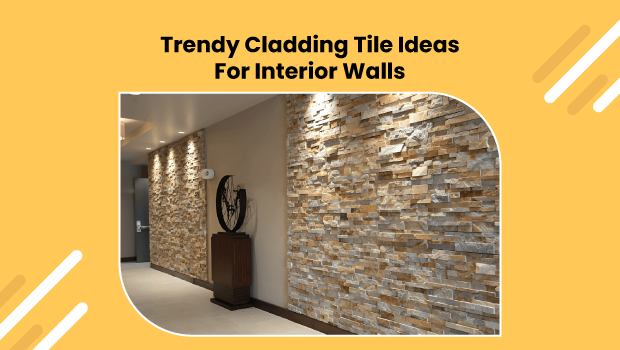


Leave a Reply